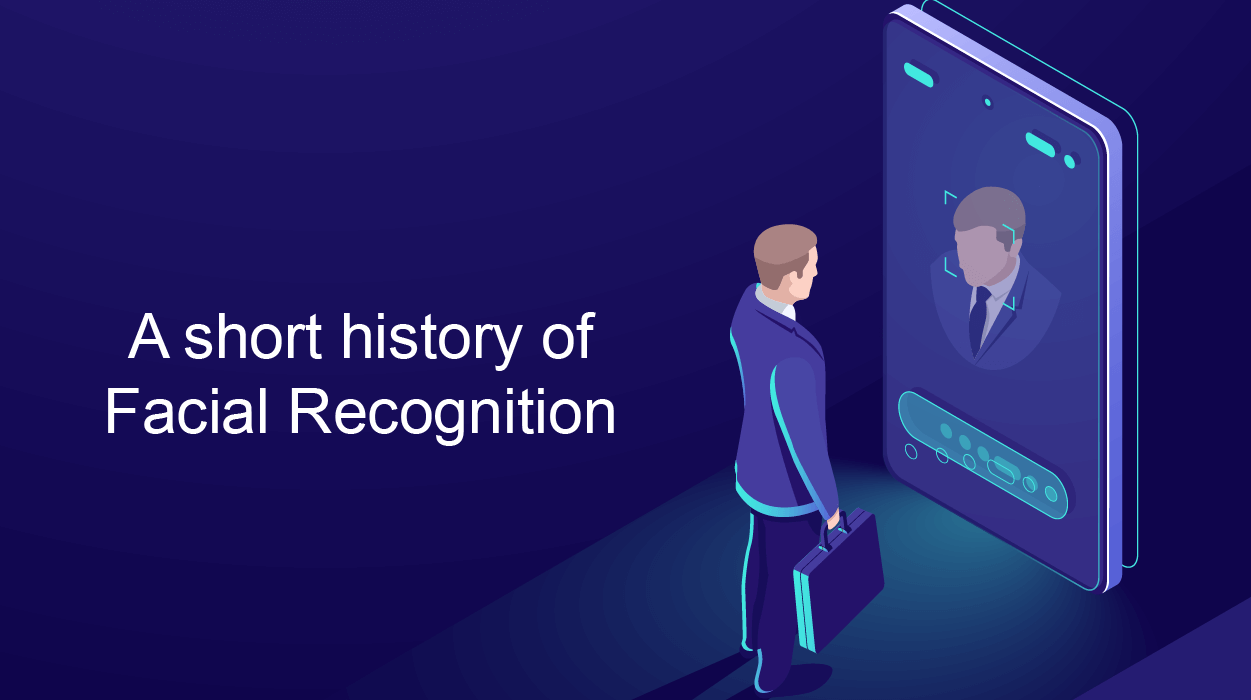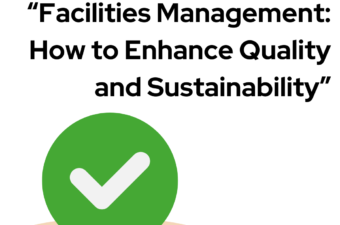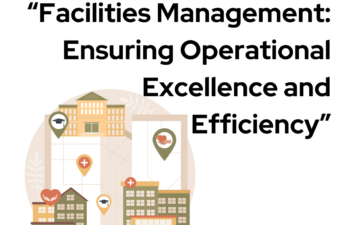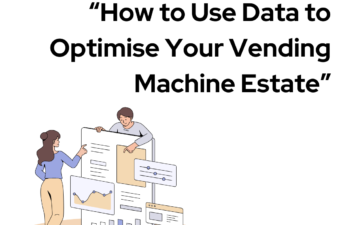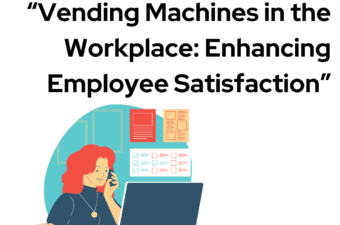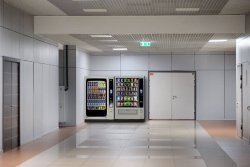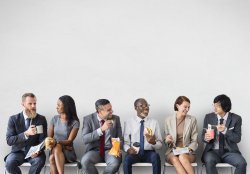Quick navigation
- Facial Recognition from the 1960’s?
- 1970’s and 1980’s
- Benefits of Facial Recognition
- RSL and Facial Recognition
- Conclusion
Once considered a thing of science fiction, Facial Recognition is quickly becoming an integrated part of people’s everyday lives. From unlocking our phones to tagging our friends in social posts, this type of biometric technology makes authentication quick, simple, and (most of the time) accurate.
Over the past 60 years, many industries have benefited from Facial Recognition technology including, banks, mobile technology, retail, law enforcement, and now vending.
There’s no doubt that Facial Recognition technology will continue to advance and meet the requirements of our modern-day lives, but it’s time to take a step back and see how far we’ve come since the inception of this technology back in the 1960s.
Facial Recognition from the 1960’s?
Facial Recognition dates back to the 1960s and was invented by American Mathematician Woody Bledsoe. The idea started by giving a computer a database of 10 photos of different people and see if the computer could get it to recognise new photos of each of them. At one point, Woody taught his computer to divide a face into features, then compare distances between them.
1970’s and 1980’s
During the 1970’s Facial Recognition continued to develop and would eventually be able to determine the hair colour and lip thickness of a subject to automate the recognition.
While this may seem like a breakthrough, (which it was) the measurements and locations still needed to be manually computed. Further advancements saw the development of Facial Recognition software as a viable biometric for businesses in the 1980s.
Benefits of Facial Recognition
There’s so much more to Facial Recognition than just unlocking your phone. It’s been used to prevent crimes and help find missing people with no other means of identification.
The healthcare sector has benefited from this technology massively. In some cases, Facial Recognition has been used to determine how specific genetic mutations caused a particular syndrome. It has also been used to make shopping more efficient. Instead of paying for shopping using cash or credit card, facial recognition can recognise your face and charge your items to your account.
RSL and Facial Recognition
Our partnership with Nayax creates opportunities that go far beyond payments. It also powers our telemetry, remote machine management, and customer loyalty solutions. Implementing facial recognition technology for transactions allows for faster and easier payments. Simply,
- Install the Nayax Monyx app.
- Pre-load your payment details.
- Select and pay for any snack or drink from an RSL machine using the app.
Once installed, you will see the key benefits.
- Spend tracking – see what you are spending and where
- Discounts – 10% extra added to your account every time you top-up by £10
- Instant refunds – users can be refunded instantly through the online management portal (if they do not receive their chosen product)
In Conclusion
Facial Recognition technology continues to develop at a pace and the uses of the technology are becoming more widespread. Used in the right way, facial recognition technology can make a huge difference to all our lives and the way we experience so many things.
If you want to hear more about our product and services, get in touch with Refreshment Systems on 0800 169 3686.
